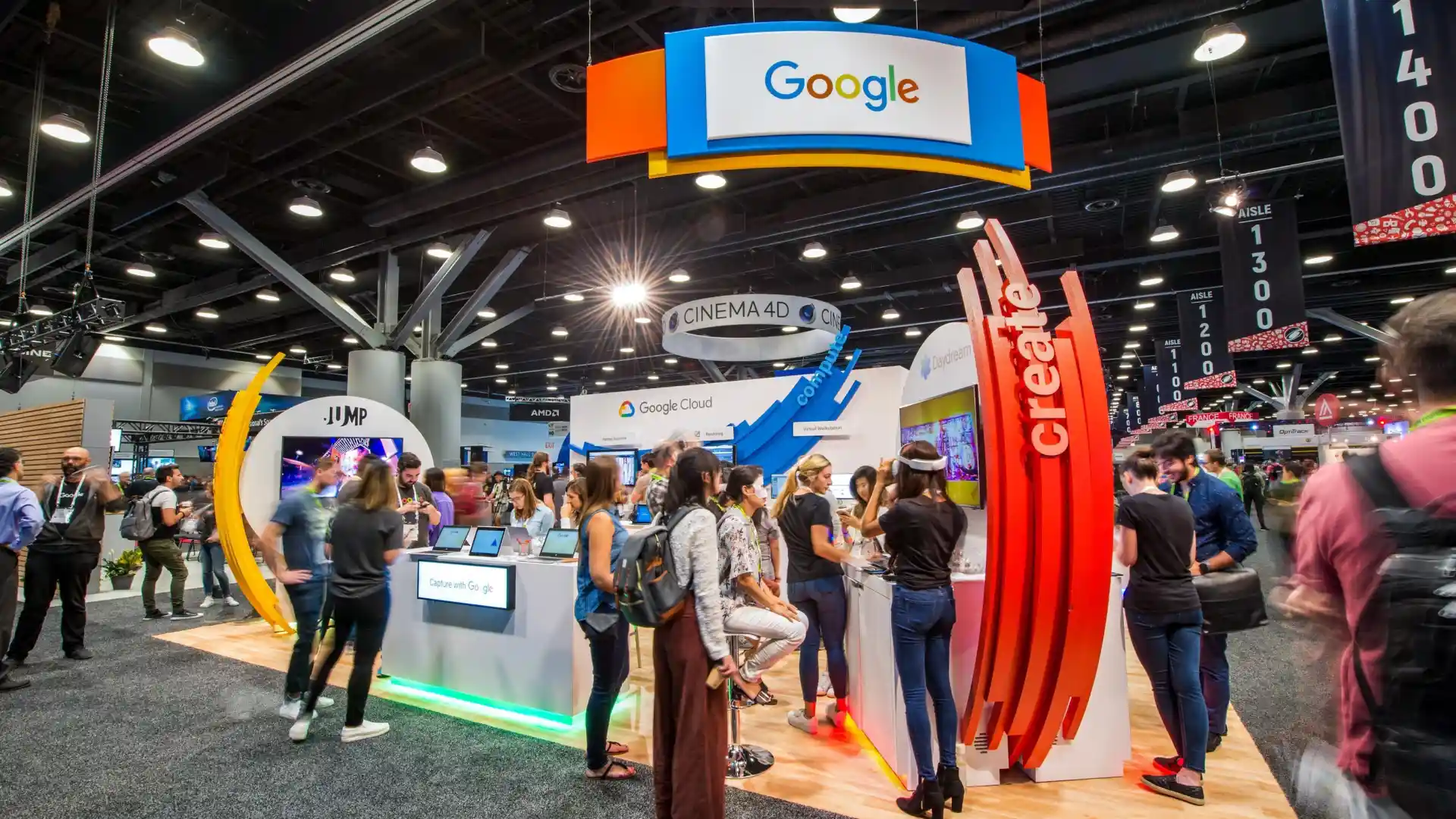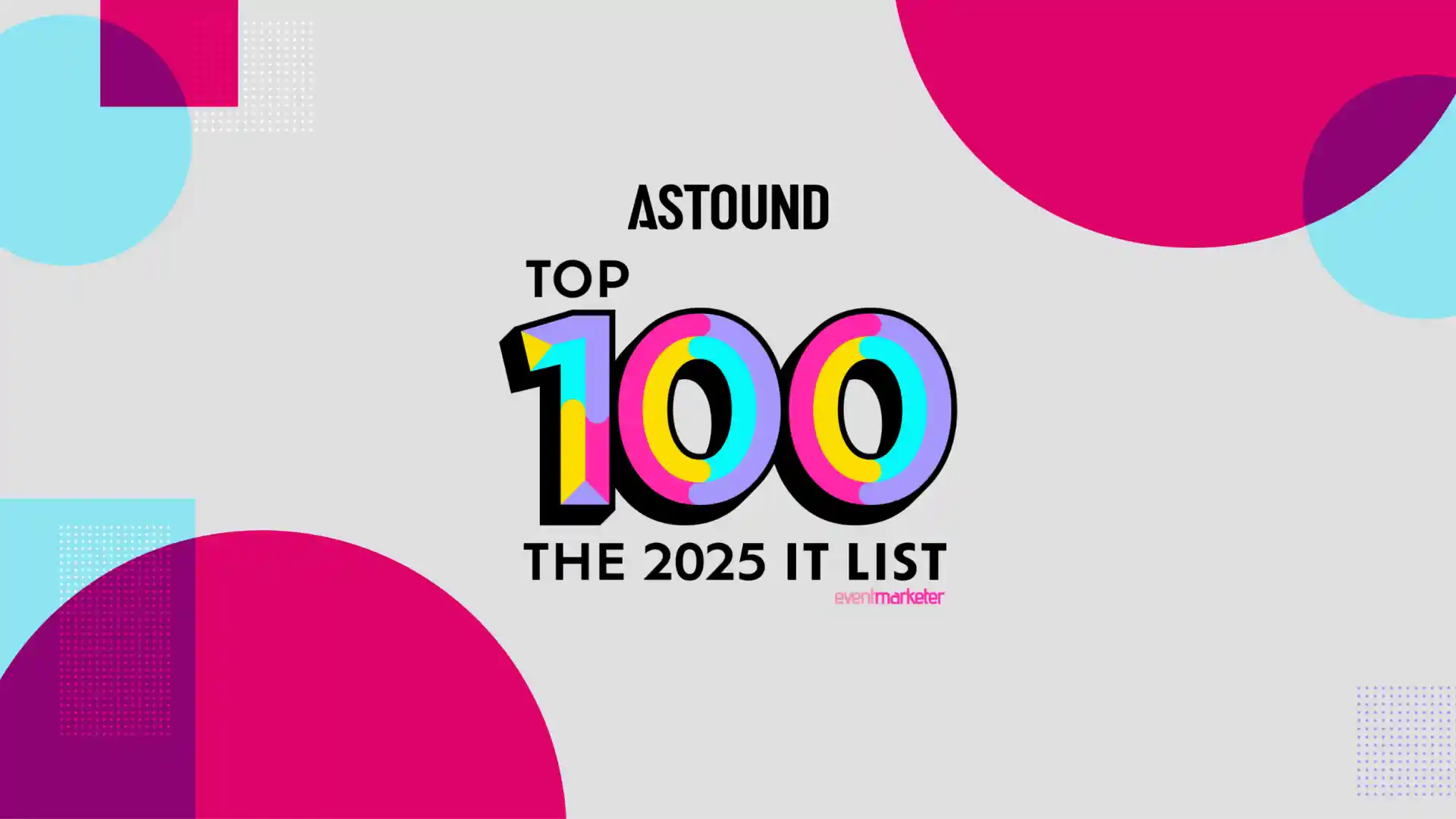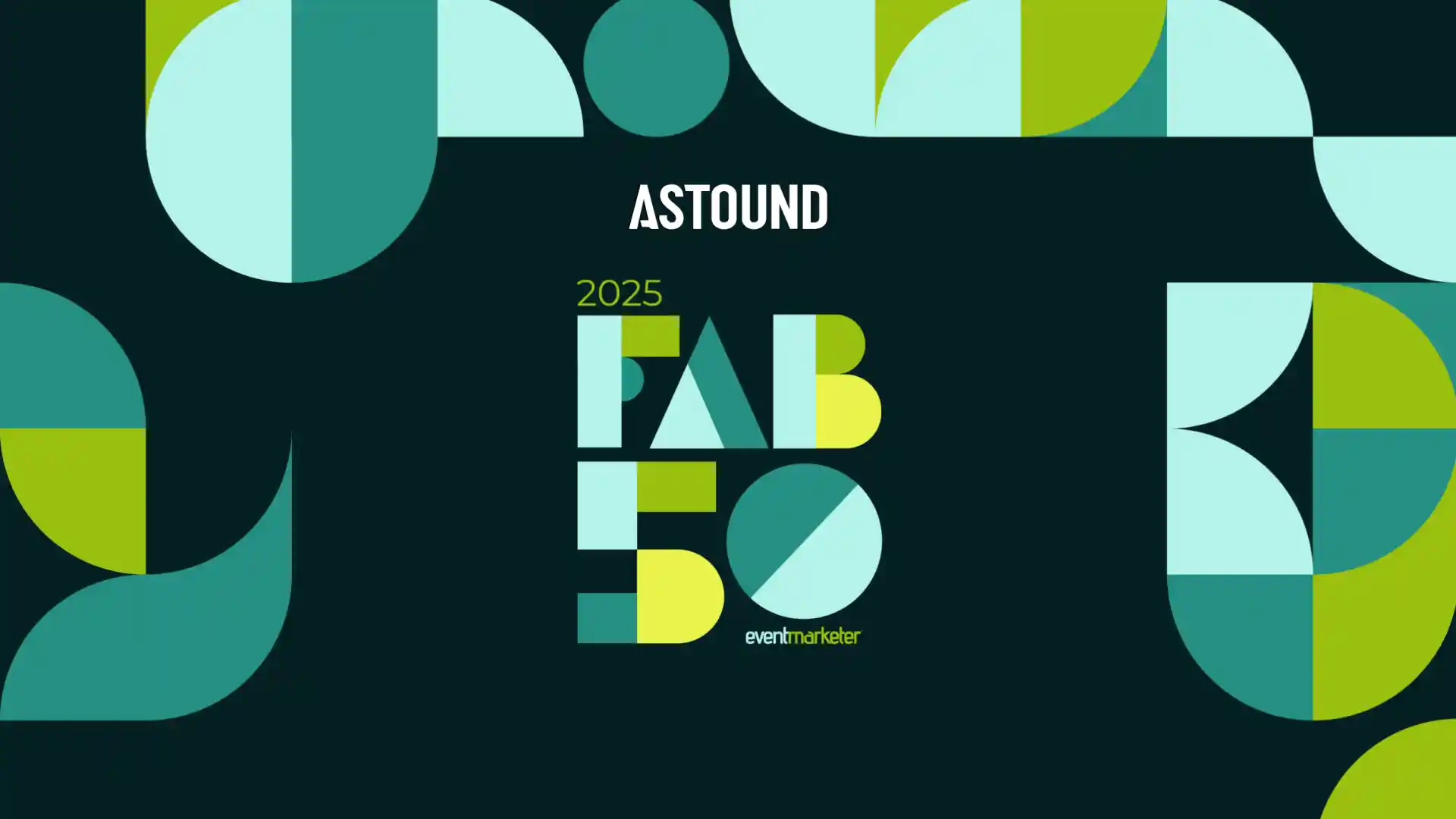A SYMPHONY FOR THE SENSES
LEARNINGS FROM CES
While AI may have taken center stage at CES 2024, something else was unmistakably present—attendee engagement. Lines wrapped around booths as everyone was excited to try the latest innovations in tech. Whether it was spatial computing headsets, a mirror that analyzed your skin health, or a haptic feedback vest, multi-sensory products and experiences filled redefined brand storytelling.
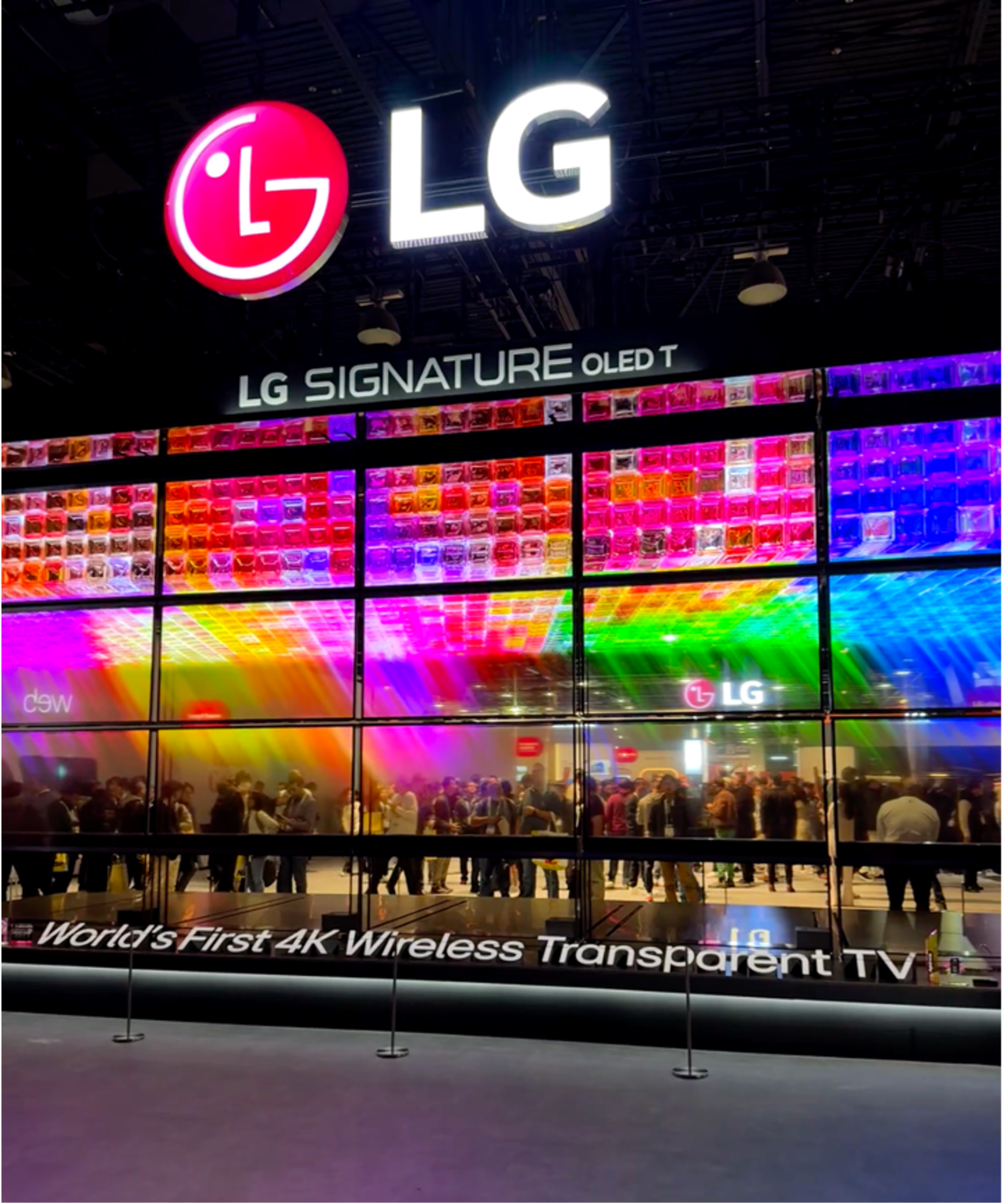
CES underscored the crucial role of multi-sensory elements in creating immersive environments that captivate and engage audiences. For ASTOUND, which excels in transforming spaces into memorable experiences, CES offered a wealth of inspiration and insight into the future of experiential design. Augmenting experiences with scent, sound, sight, and touch can transform brand storytelling, offering a richer, more immersive experience and create memorable brand environments.
The Power of Scent in Brand Narratives
Scent, often an overlooked dimension in experiential design, emerged as a powerful narrative tool at CES 2024. Brands showcased how integrating bespoke fragrances can create atmospheric environments that resonate emotionally with audiences.
Lenovo showcased an aromatherapy diffuser as part of their Magic Bay accessory products that may help bring some pleasant scents to your office. AromaJoin, on the other hand, had bigger dreams and debuted the “world’s first aroma speaker,” the “Aroma Speaker 60,” which can shoot smells up to 7 feet away, allowing users to smell what they see and hear on their TVs.
Whether it's the fresh aroma of nature evoking sustainability or the comforting scent of home drawing connections to smart appliances, the right fragrance can transform a mere space into a narrative. The use of scent in brand activations opens a new frontier in experiential design, allowing for the creation of a more nuanced and emotionally engaging narrative.
Soundscapes in Experiential Design
The auditory experience at CES went beyond traditional soundtracks, highlighting the importance of curated soundscapes in brand experiences. Innovations in audio technology showcased how sound can be used to complement visual elements, creating a cohesive sensory experience.
As expected, high-fidelity audio and speaker technology was everywhere at CES, but smaller sound tech also proved to be just as impactful. Vasco Technologies debuted their Vasco Translator E1, an earpiece that uses AI and an app to translate 49 languages in real time with up to 90% accuracy. Breaking down language barriers in real time enables brands to expand their reach and create more accessible experiences for everyone.
Whether you integrate immersive soundscapes into your brand experience or break down auditory barriers for users, the integration of sound into experiential design is crucial for crafting an environment that fully engages audiences, reinforcing the brand's story and identity.
Visual Innovation and Engagement
Visual elements have always been at the forefront of experiential design, and CES 2024 was no exception. The showcase of transparent displays and OLED technologies provided new digital tools for creating visually captivating brand environments. Spatial computing, interactive displays, and fold screens pushed our thinking of what traditional displays can be. Though these showstopping technologies were widely covered and discussed, other products showcased how we may be able to reach new audiences using AR, AI, and other technological innovations.
Products such as Xander’s Captioning, which allows wearers to see captions of nearby audio in real time, and EyeCane, which assists people living with central vision loss by capturing a scene in front of the wearer and then moving the image to a peripheral location where they can see, have the potential to fundamentally change how we create immersive brand experiences for all.
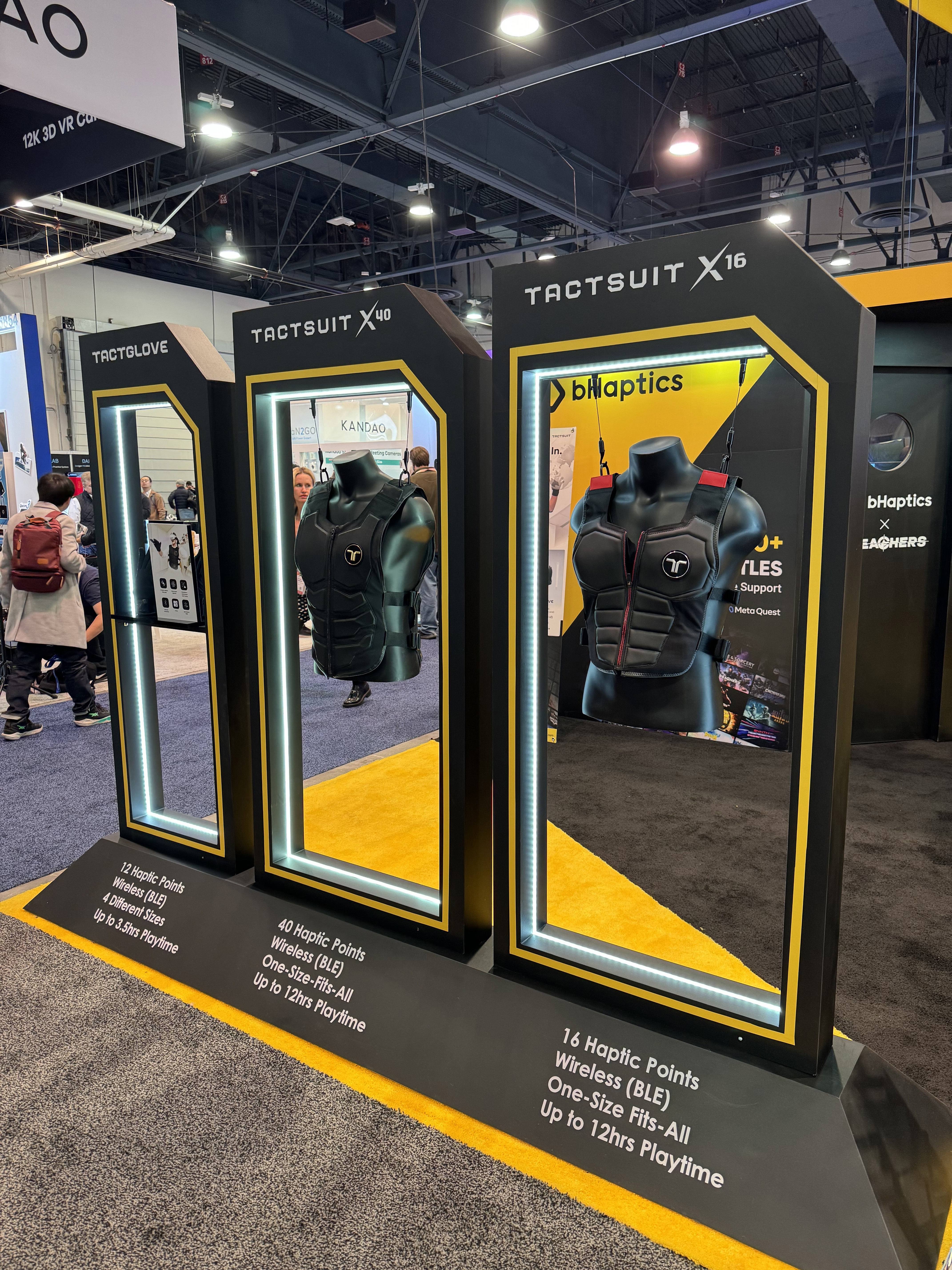
Tactile Experiences in Brand Interaction
Tactile technology, such as the introduction of haptic feedback devices, marked a significant step forward in experiential design at CES 2024. This technology offers an opportunity to engage audiences through touch, adding a new layer of interactivity to brand experiences.
Companies like bHaptics showcased their advanced haptic vests in an immersive exhibit, offering a new level of physical engagement in virtual environments. These devices transport users into a video game or a live concert, allowing them to feel the vibrations of the environment. Lumen, which uses lidar sensors to activate vibrations inside a haptic headband to guide the blind, creates new opportunities for the types of immersive experiences we can create.
The incorporation of these tactile elements in brand experiences marks a significant step towards more immersive and interactive environments, enhancing the physical connection between the brand and the audience, for all.
Conclusion
CES 2024 highlighted the evolving landscape of brand experiences, emphasizing the integration of multi-sensory elements and how they can enhance our environments. This is more than a fleeting trend; it is the embodiment of engagement, marrying digital and technological innovation with spectrum of human experience.
In this emerging landscape, brands have the opportunity to craft stories that are not just told but lived—where environments are infused with scents that evoke memories, sounds that captivate, visuals that transport to new worlds, and tactile interactions that make us feel alive. Together, we will redefine the essence of engagement, transforming spaces into experiences that resonate with every sense.
If you're interested in creating engaging trade show exhibits and immersive brand experiences, contact us at [email protected]
